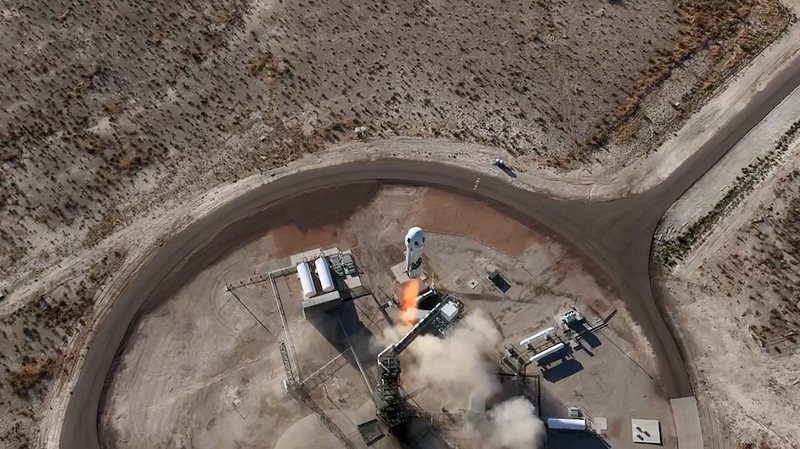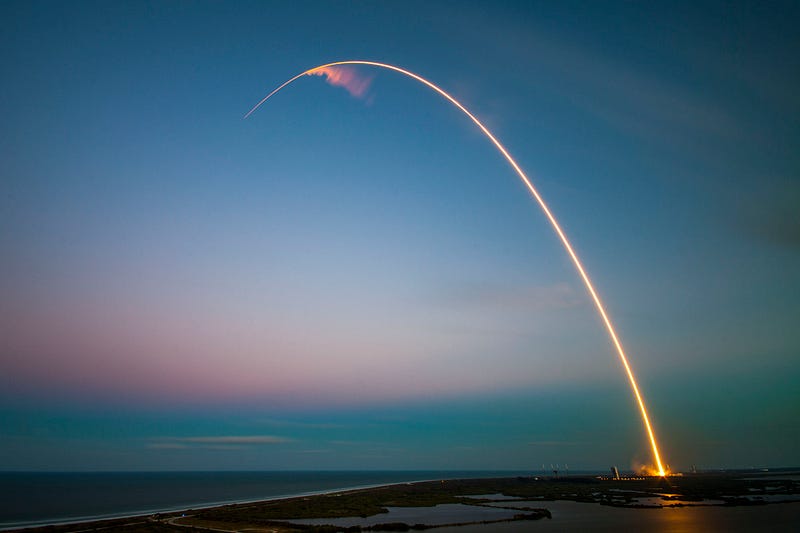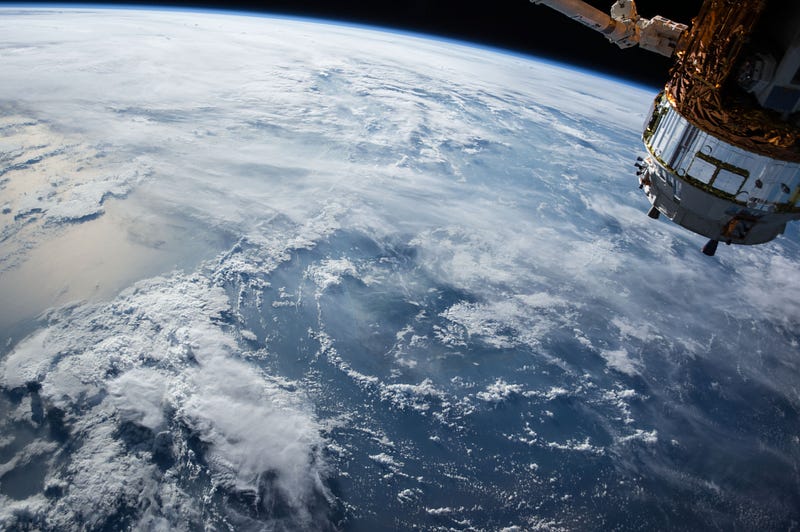The Billionaire Space Race: Environmental Impacts Unveiled
Written on
Chapter 1: The Changing Landscape of Space Exploration
We find ourselves in a transformative era where private billionaires, rather than government entities, are spearheading advancements in space exploration. This shift has made access to space more affordable and accessible than ever before, paving the way for ambitious projects such as space tourism, missions to Mars, NASA’s lunar bases, and a surge in satellite launches. Furthermore, many of these modern rockets are touted as being powered by carbon-neutral fuels, suggesting that we can explore outer space without harming our planet. However, recent research indicates that these so-called "eco-friendly" rockets are, in fact, detrimental to Earth's environment. What exactly is happening, and how might this influence the ongoing space race?
To grasp the environmental implications of this space race, we must first examine which rockets utilize which fuels and the extent of their carbon emissions.
Section 1.1: The SpaceX Approach
SpaceX, founded by Elon Musk, employs the Falcon 9 rocket, which relies on kerosene fuel. Each launch results in approximately 425 tonnes of carbon dioxide being released, alongside water vapor, soot, carbon monoxide, and nitrous oxides (NOx). The forthcoming Starship, powered by methane, is projected to emit a staggering 2,683 tonnes of carbon dioxide per launch, in addition to further water vapor, soot, carbon monoxide, and NOx. While both kerosene and methane have the potential to be produced as carbon-neutral biofuels, SpaceX has yet to adopt this practice.

Section 1.2: The Blue Origin Difference
Conversely, Blue Origin, under Jeff Bezos, operates differently. Their rockets—New Shepard and New Glenn—are powered by pure hydrogen and oxygen. Consequently, their launches generate only water vapor and NOx. However, the refinement of hydrogen typically requires significant energy, resulting in a considerable carbon footprint. While green hydrogen presents a more sustainable option, Blue Origin currently does not utilize this cleaner alternative, which means that, despite the absence of carbon emissions during launches, their overall carbon footprint remains significant.

Chapter 3: The Future of Space Exploration and Environmental Concerns
This study suggests that the increasing concentration of greenhouse gases could disrupt atmospheric mixing, trapping more heat in the upper layers. As a result, this warming could lead to significant changes in global weather patterns and climate.
With the space industry expanding rapidly, there are growing concerns about the cumulative environmental effects of increased launches. Currently, the limited number of launches has a relatively minor impact, but as demand for space tourism, Mars colonization, and new space stations rises, the frequency of launches is set to soar.
Bezos v Musk (Part 4/Finale) - BILLIONAIRE SPACE RACE
This finale delves into the competition between Jeff Bezos and Elon Musk in the space race, highlighting environmental challenges and potential solutions.
If we fail to curb greenhouse gas emissions, the burgeoning space industry could necessitate significant restrictions to safeguard our planet. Thus, it’s essential to recognize that even rockets claiming to be carbon-neutral can still inflict considerable harm to our environment.
In conclusion, while the allure of space exploration is captivating, it’s imperative that we remain vigilant about its environmental repercussions. The responsibility lies with both the public and regulatory bodies to ensure that our ambitions to reach the stars do not come at the expense of our Earth.

